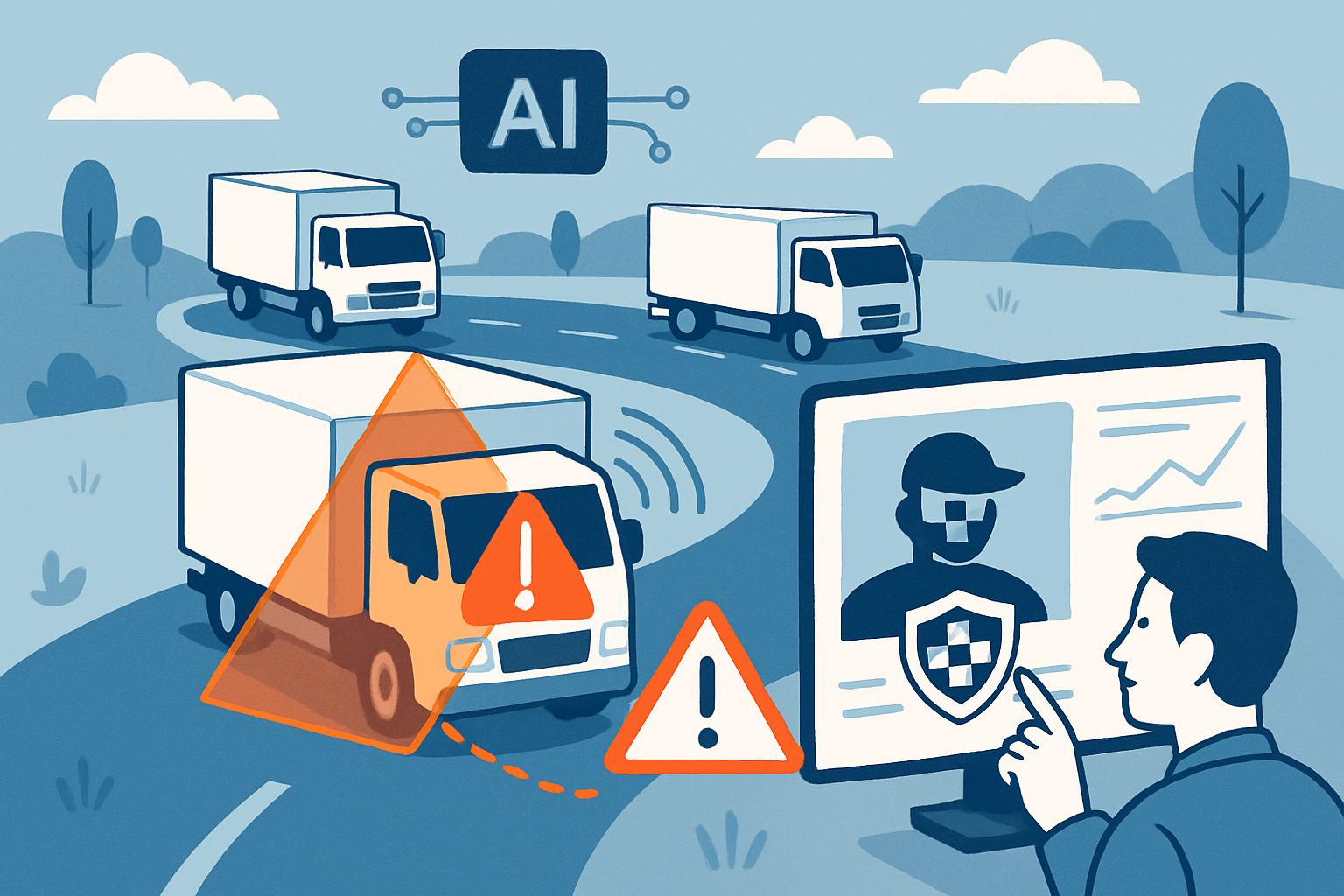Fatigue is a well-known hazard in the trucking industry, with truck driver fatigue being a leading causal factor of numerous roadway accidents every year.
How Big of a Problem is Driver Fatigue?
Multiple studies indicate fatigue as the principal cause of between 13% to 40% of trucking accidents. On the conservative end, the Federal Motor Carrier Safety Administration (FMCSA) estimates that fatigue is the cause of 13% of all trucking accidents, while the European Commission on Road Safety pegs the number at 25%. A study by the National Transportation Safety Board reports it as a cause of up to 40% of cases.
In more human terms, even by the most conservative estimations, in the United States alone each year there are approximately 100,000 fatigue-related motoring accidents per year, resulting in 71,000 injuries and 800 tragic, largely preventable deaths.
The Financial Cost of Trucker Fatigue
Beyond the human factor, cost is a major consequence of fatigue-related accidents. According to a study by the FMCSA, the total cost of trucking accidents involving driver fatigue is approximately $20 billion per year. This includes costs such as medical expenses, property damage, and lost productivity.
The National Transportation Safety Board (NTSB) indicates that the average cost per trucking accident involving driver fatigue is approximately $91,000. However, the cost of a fatigue-related accident can vary depending on the severity of the accident. For example, a minor accident with no injuries may cost less than $10,000, while a serious accident with multiple fatalities can cost multiple millions of dollars.
Another significant impact of fatigue-related accidents is the impact on a trucking company’s operations. These accidents can result in significant delays, missed deadlines, and increased expenses. In some cases, they can even result in the temporary or permanent closure of a trucking company. In addition, fleets must consider the cost of increased insurance premiums, and the cost of hiring and training replacement drivers.
Finally, the impact of fatigue-related accidents on a trucking company’s reputation is also significant. In one prominent example from 2014, a heavily fatigued driver of a Walmart truck crashed and killed one individual, James McNair, and severely injured 8 others including the actor and comedian Tracy Morgan. The outcome led to a reported settlement in excess of $10 million, alongside significant reputational damage.
Root Causes
According to the FMCSA, commercial truck drivers are four times more likely to be involved in a fatigue-related accident than the average driver. What causes this difference? In part, this is due in part to the long hours and demanding schedules that are common in the trucking industry.
Another major factor is the role of sleep disorders in fatigue-related accidents. A study by the National Institutes of Health found that approximately 28% of commercial truck drivers have a sleep disorder, such as sleep apnea. These disorders can significantly increase the risk of fatigue and accidents on the road.
Furthermore, research has shown that certain factors related to the body’s circadian rhythm, as well as the road environment, can increase the likelihood of a fatigue-related accident. These include driving at night, driving on rural roads, and driving on long shifts without much variation in the setting.
New Solutions Emerge
Fortunately, the trucking industry is beginning to recognize driver fatigue as a major problem, as well as starting to make material investments in innovative technologies to address it.
Driver-facing cameras, such as those from Lytx and others, have paved the way for building recognition from the trucking industry, with reactive technology that seeks to detect driver fatigue moments before critical events strike.
In the past two years, trucking fleets are looking to adopt predictive technology to augment their set of solutions and help proactively prevent these accidents long before a critically fatigued driver enters the vehicle. This technology uses Machine Learning, data and analytics to predict when a driver is at risk of fatigue and flag extreme cases when actions are still possible to prevent critical risks.
The leader in predictive fatigue management solutions is Readi, a cloud-based Machine Learning solution from Fatigue Science. Readi generates a personalized prediction of each driver’s fatigue levels, before the driver enters the vehicle. Critical fatigue predictions are shared, on an exception basis, with dispatchers ahead of the decision to dispatch a driver. Dispatchers, following protocols set by management, can then select an alternate driver for the route in question, averting a critical risk of accidents before driving begins. For more information on how the dispatch workflow operates in practice,.
If you’d like to learn more about how Readi’s predictive fatigue management technology can reduce accidents and costs for your fleet, read more here, and contact us today.




